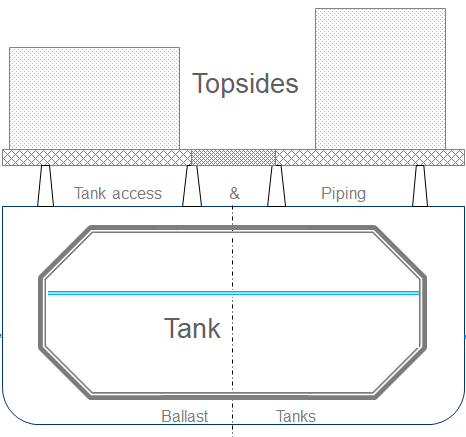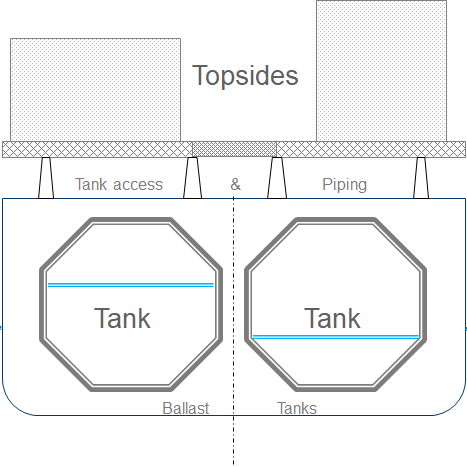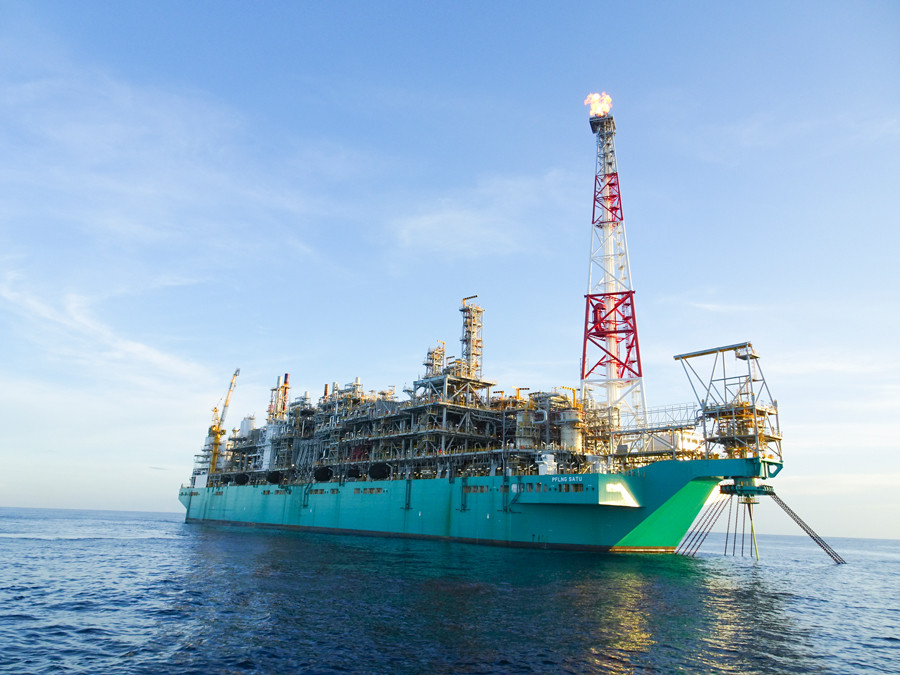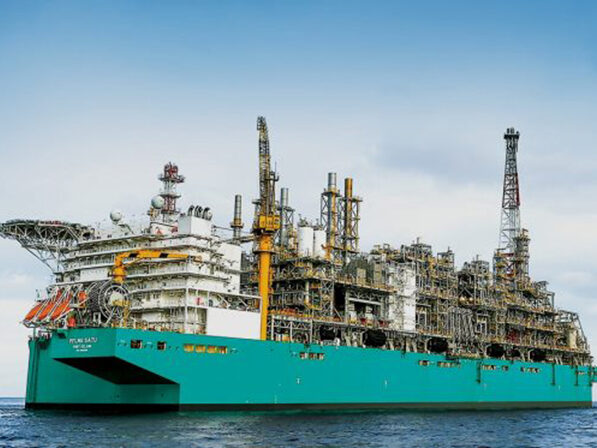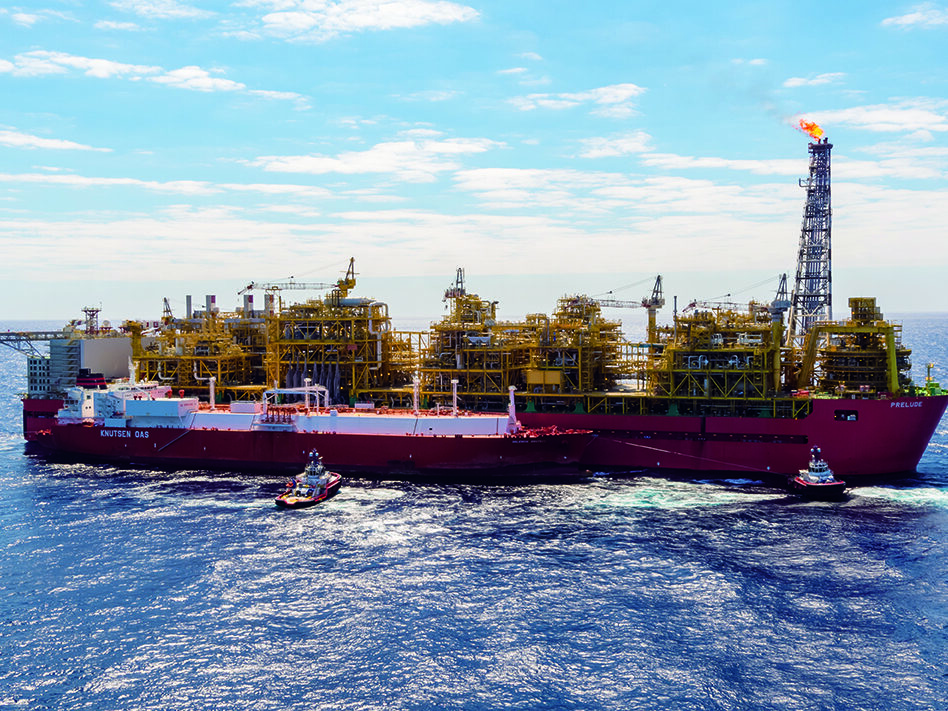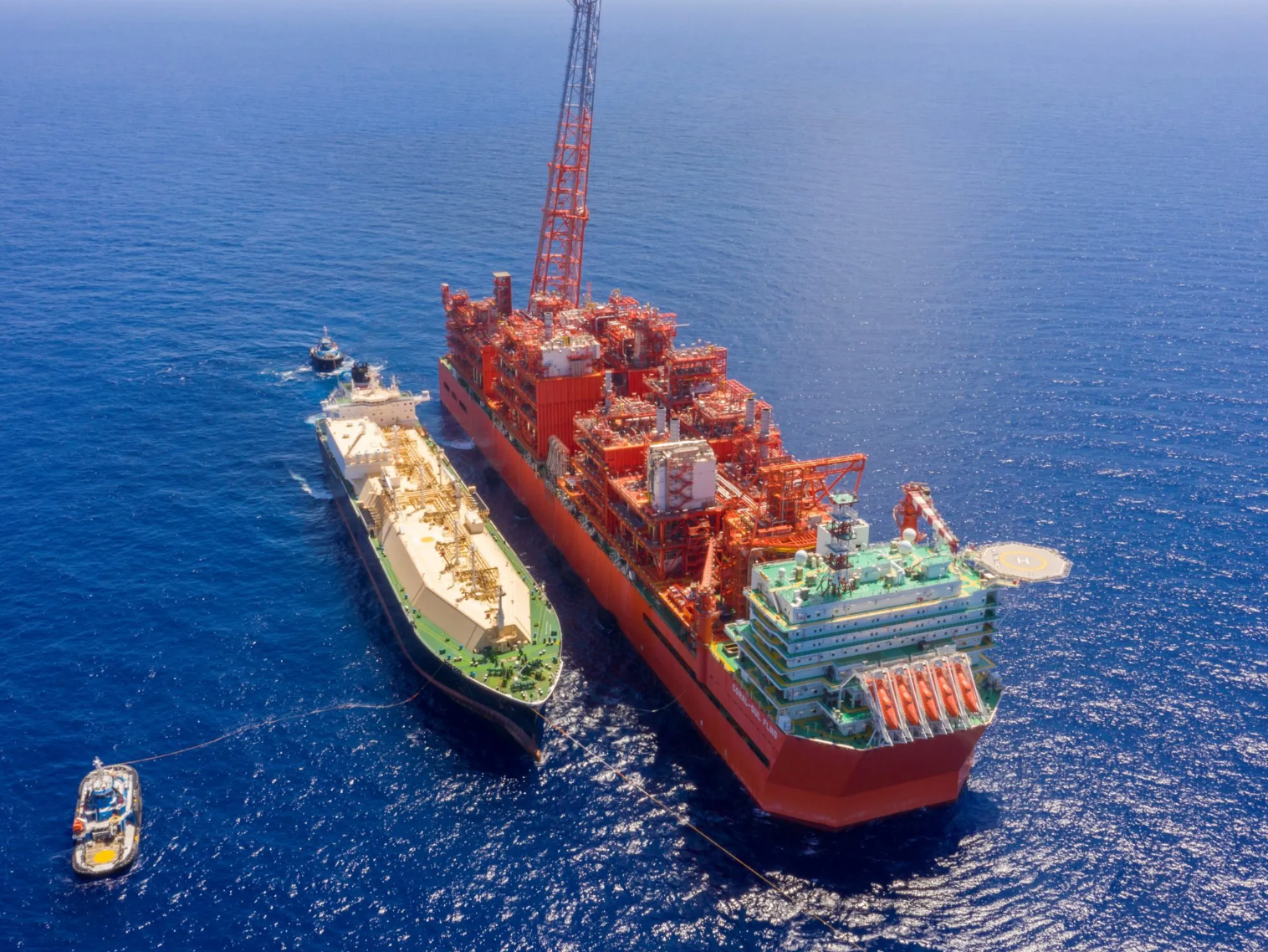The energy market requires flexibility when it comes to infrastructure. Well established over the recent years, FLNGs, FSUs & FSRUs using GTT’s membrane technologies are today the global reference.
By continuous R&D, GTT keeps its leading position as provider of the most efficient gas containment systems for the offshore industry.

